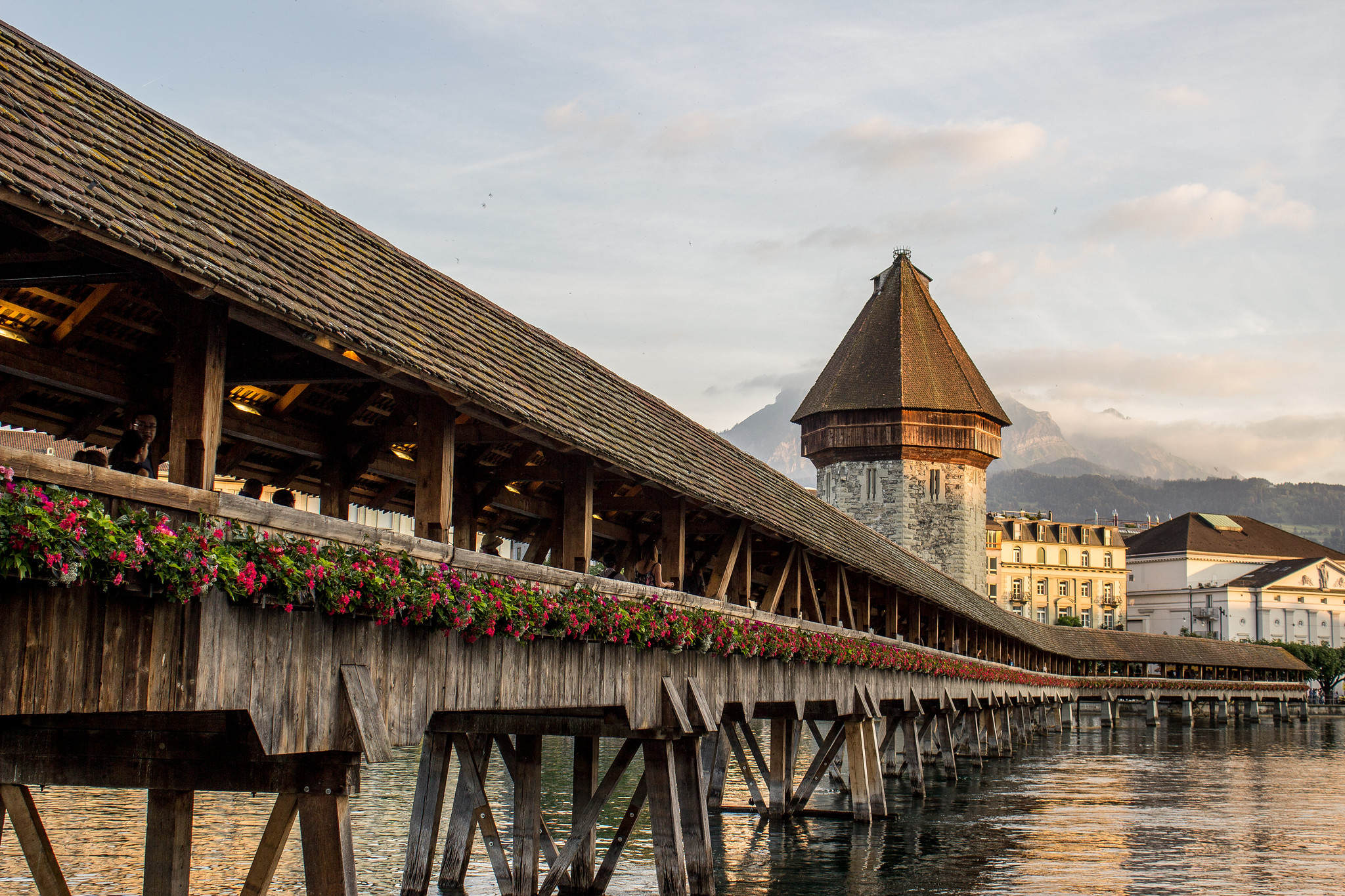The Chapel Bridge, or Kapellbrücke as it’s known in German, has long been an iconic symbol of Lucerne, Switzerland. However, on August 18, 1993, disaster struck when a fire ravaged this beloved landmark, destroying two-thirds of the historic structure and leaving the city in shock. The blaze, which was believed to have been caused by a discarded cigarette, quickly engulfed the wooden bridge, reducing centuries of history to ashes in a matter of hours.
In the aftermath of the fire, the people of Lucerne were faced with a daunting task: how to restore their cherished bridge to its former glory. The damage was extensive, with 81 of the original 111 paintings adorning the bridge’s interior lost to the flames. These paintings, dating back to the 17th century, depicted scenes from Swiss and local history, making their loss particularly devastating for the community.
Despite the scale of the destruction, the city wasted no time in launching restoration efforts. Within days of the fire, plans were already underway to rebuild the Chapel Bridge. The project was a massive undertaking, requiring not only skilled craftsmanship but also a deep understanding of historical construction techniques.
One of the biggest challenges faced by the restoration team was sourcing appropriate materials for the rebuild. The original bridge had been constructed using centuries-old wood, which had developed a unique patina over time. To recreate this authentic look, the team had to carefully select wood that would age in a similar manner. They ultimately chose to use wood from trees that had been felled during a storm in 1999, ensuring that the new bridge would have a connection to Swiss history.
As work on the bridge progressed, attention turned to the lost paintings. While the majority of the original artworks had been destroyed, some had survived and were carefully restored. For the lost paintings, a decision was made to create new works that would complement the surviving pieces while acknowledging the bridge’s recent history. These new paintings, created by local artists, depict scenes from the 1993 fire and subsequent restoration efforts, serving as a reminder of the bridge’s resilience.
Throughout the restoration process, the people of Lucerne remained deeply invested in the project. Many locals volunteered their time and skills to assist with the rebuild, while others made financial contributions to support the work. This community involvement helped to ensure that the restored Chapel Bridge would truly be a reflection of the city’s spirit and determination.
After months of painstaking work, the restored Chapel Bridge was officially reopened to the public on April 14, 1994, less than a year after the devastating fire. The speed of the restoration was a testament to the dedication and skill of all those involved in the project.
Today, visitors to Lucerne can once again stroll across the Chapel Bridge, admiring both the restored historical paintings and the new artworks that tell the story of the bridge’s near-destruction and rebirth. While the scars of the 1993 fire are still visible in places, they serve as a reminder of the bridge’s endurance and the community’s commitment to preserving their heritage.
The restoration of the Chapel Bridge stands as a shining example of how a community can come together in the face of adversity to protect and preserve its cultural treasures. Through their efforts, the people of Lucerne have ensured that this iconic landmark will continue to span the Reuss River for generations to come, connecting the city’s past with its future.
Chapel Bridge (Kapellbrücke) stands as an iconic symbol of Lucerne, Switzerland, blending historical significance with architectural beauty. This wooden covered bridge, dating back to the 14th century, not only serves as a vital pedestrian crossing over the Reuss River but also showcases a unique collection of interior paintings depicting Swiss history. Despite suffering a devastating fire in 1993, its subsequent restoration has ensured that the bridge continues to captivate visitors and locals alike. As the oldest wooden covered bridge in Europe, Chapel Bridge remains a testament to Swiss craftsmanship, cultural preservation, and the enduring appeal of Lucerne’s picturesque cityscape.

